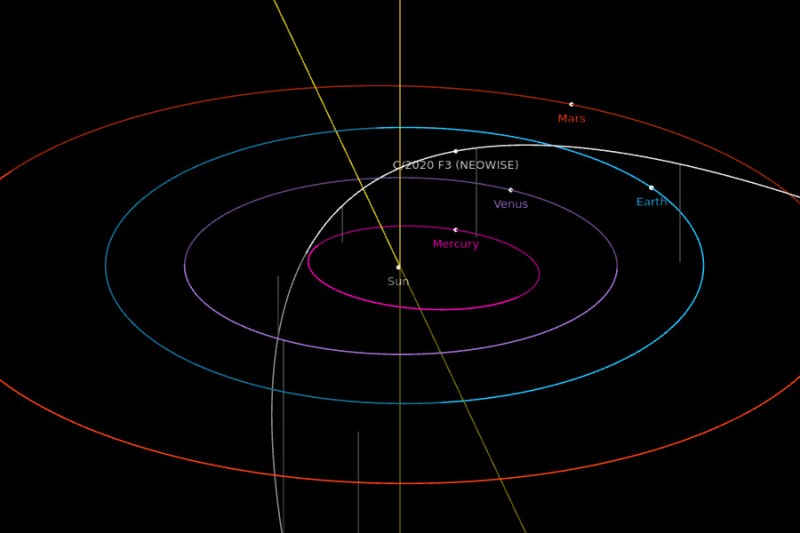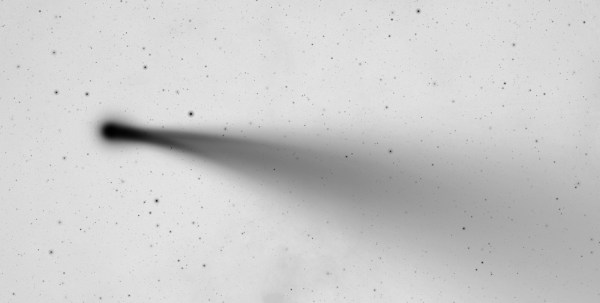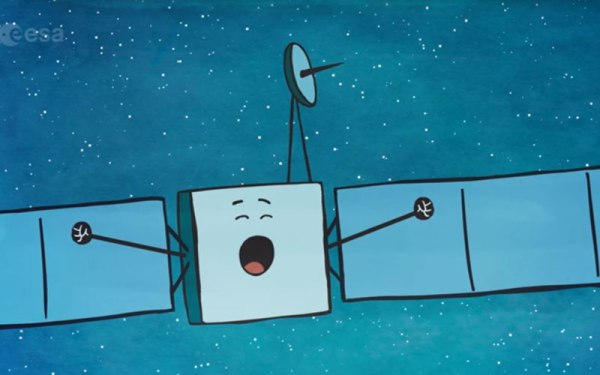If you’ve been following the hubbub about 3I/ATLAS, you’re probably either in the camp that thinks it’s just a comet from ridiculously far away that’s managed to find its way into our solar system, or you’re preparing for an alien invasion. (Lukewarm take: it’s just a fast moving comet.) But that doesn’t stop it from being interesting – its relatively fast speed and odd trajectory make astronomers wonder where it’s coming from, and give us clues about how old it is likely to be.
Astronomy is the odd-man-out in the natural sciences. In most branches of physics, chemistry, and even biology, you can run experiments. Even those non-experimental corners of the above fields, like botany, for instance, you can get your hands on the objects you’re talking about. Not so astronomy. When I was studying in college, one of my professors quipped that astronomers were pretty happy when they could hammer down a value within an order of magnitude, and ecstatic when they could get a factor of two or three. The deck is simply stacked against them.
With that background, I love two recent papers about 3I/ATLAS. The first tries to figure out why it’s moving so fast by figuring out if it’s been going that fast since its sun kicked it out, or if it has picked up a gravitational boost along the way. While they can’t go all the way back in time, they’ve worked out whether it has flown by anything close enough to get a significant boost over the last 10 million years. This is impressive that we can calculate the trajectory so far back, but at the same time, 10 million years is peanuts on the cosmic timescale.
According to another paper, there is a weak relationship between interstellar objects’ age and their velocity, with faster-moving rocks being older, they can estimate the age of 3I/ATLAS at between 7.6 and 14 billion years old, assuming no gravitational boosts along the way. While an age range of 7 billion years may seem like a lot, that’s only a factor of two. A winner for astronomy!
Snarkiness aside, its old age does make a testable prediction, namely that it should be relatively full of water ice. So as 3I/ATLAS comes closer to the sun in the next few weeks, we’ll either see it spitting off lots of water vapor, and the age prediction checks out, or we won’t, and they’ll need to figure out why.
Whatever happens, I appreciate how astronomers aren’t afraid to outline what they can’t know – orbital dynamics further back than a certain date, or the precise age of rocks based solely on their velocity. Most have also been cautious about calling the comet a spaceship. On the other hand, if it is, one thing’s for sure: after a longer-than-10-million-year road trip, whoever is on board that thing is going to be hungry.

















